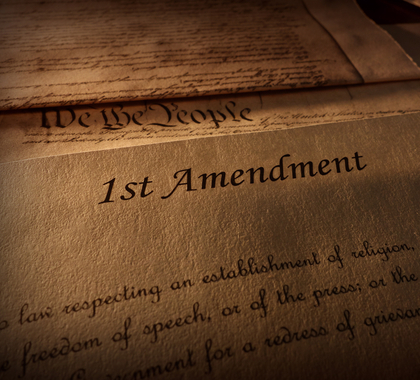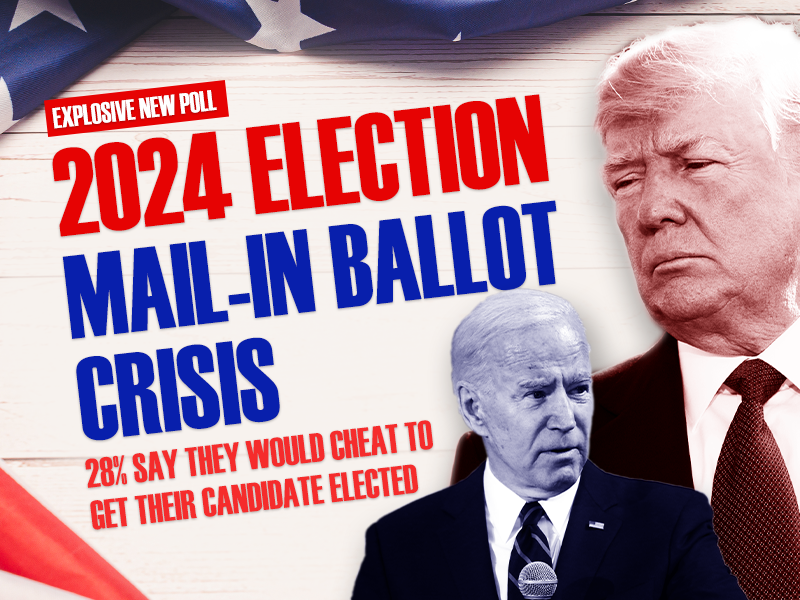Thanks to a presidential proclamation dating back to Franklin Roosevelt, December 15 is the day we celebrate the Bill of Rights—the first 10 amendments to the U.S. Constitution.
The Bill of Rights emerged as a result of a compromise between those who supported creating the Constitution and those who feared the proposed Constitution would grant too much power to the central government.
Supporters of creating the Bill of Rights believed the Constitution should include something like the Declaration of Independence’s pronouncement of “self-evident truths,” including rights to life, liberty, and the pursuit of happiness or the declarations of rights many states adopted in 1776.
State declarations of rights variously recognized sacred, inviolable rights to property, freedom of conscience or religion, speech, and a free press. They said government “ought not” violate such principles as self-government, the right to keep and bear arms, or the rights of individuals developed through the common law.
But when it came to adding a similar list of guarantees to the federal constitution, opponents called it unnecessary, improper, and even dangerous.
Such a clause was unnecessary, they argued, because the people would control the federal government through elections, and would not allow their representatives to abridge their rights. They thought it was improper because those subjects were under the jurisdiction of the states, rather than the delegated powers of the federal government. They believed such language to be dangerous because by making the central government the guarantor of rights, it would expand federal power rather than limit it.
Most devastating of all, such declarations are ineffectual, argued James Madison, “the father of the Constitution.” Every state had spelled out in their own constitutions some version of natural and common-law rights, but as he noted to Thomas Jefferson, “Repeated violations of these parchment barriers have been committed by overbearing majorities in every State.”
During the state conventions debating ratification of the Constitution, Federalists—the supporters of passing a Constitution without the Bill of Rights—and their allies beat back those who wanted to condition ratification on the adoption of a declaration of rights. As a compromise, most state conventions merely forwarded “please considers” along with their ratifications. These consisted of 124 recommendations to Congress for amendments to the Constitution, variously admonishing, declaring, or promising security for the rights and liberties of individuals—and of the states themselves.
By all accounts, the first meeting of Congress in 1789 under the new Constitution wasn’t particularly concerned about the lack of a declaration of rights. Its more pressing business was the organization of the government. But then, suddenly, Madison insisted the House of Representatives take up the matter of a declaration of rights and respond to the concerns of many citizens that the object of the Constitution was to “lay the foundation of an aristocracy or despotism.”
Madison explained that he had never thought such provisions were improper or “altogether useless.” And it would be prudent, he said, to propose to the states some amendments to the Constitution “that will render it as acceptable to the whole people of the United States, as it has been found acceptable to a majority of them.”
The House approved some 17 amendments. The Senate whittled it down to 12. And on December 15, 1791, Virginia became the 10th of the 14 states (which now included Vermont) to approve 10 of the 12 amendments, thus giving the Bill of Rights the required three-fourths majority needed for ratification.
What the first Congress crafted and the states approved in the first 10 amendments were not at all like the “truths” of the Declaration of Independence. Instead, the Bill of Rights commands Congress, the executive branch, and the judiciary to take—or not to take—certain actions, thus setting limits on their powers. And it reserves to the people, or the states, any rights not specified.
Over time, the limits expressed in the Bill of Rights have been extended to the states, through amendments and court decisions. But, as it was in 1787, the ultimate guarantee of liberty and justice for all is not a “parchment barrier,” but rather the belief of the American people in those rights.





